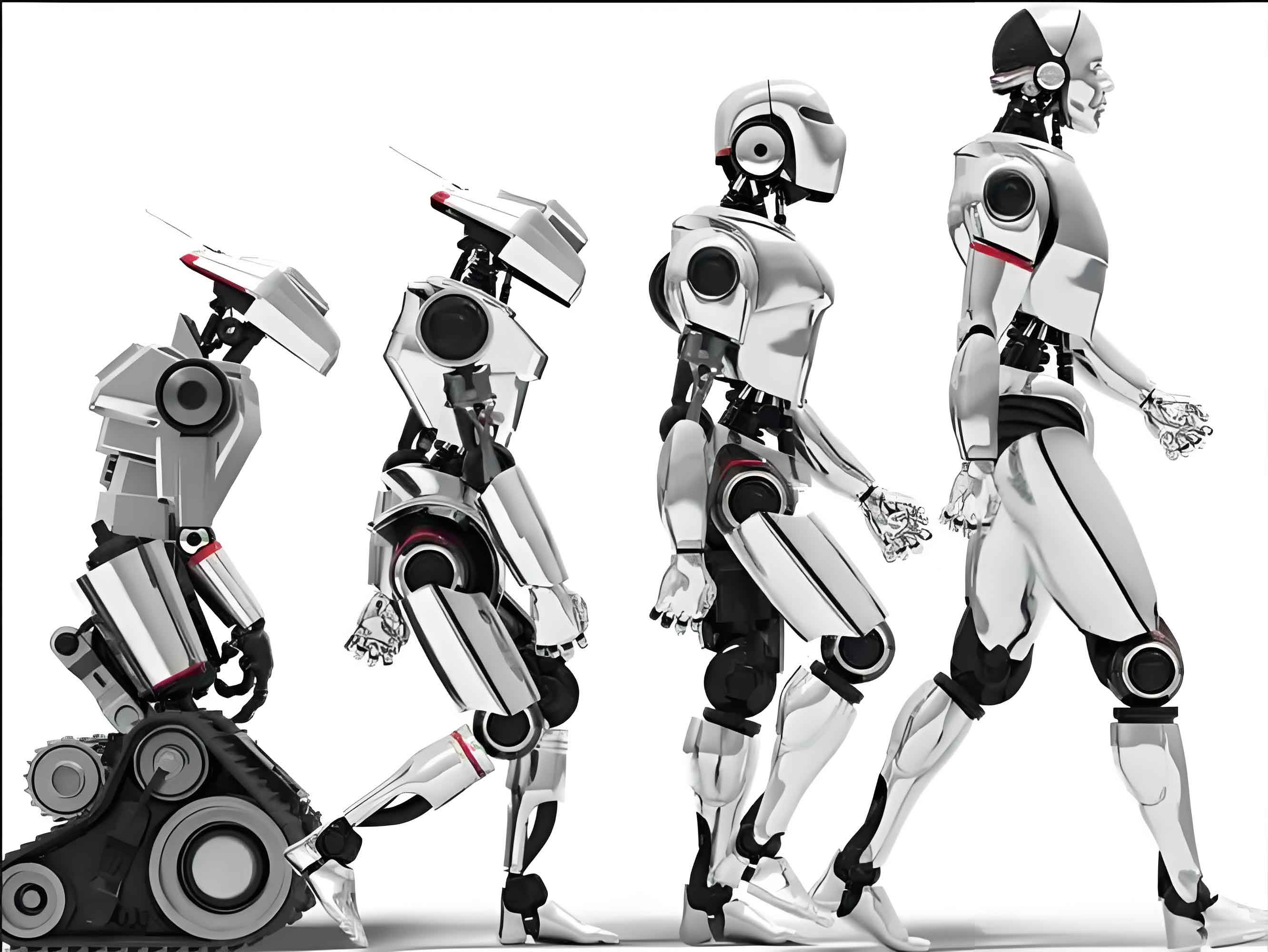
The DeepSeek revolution is rapidly extending into household robotics, with leading cleaning appliance manufacturers like Roborock and Dreame Technology integrating the AI model into their intelligent robot systems. According to International Robotics Federation (IFR) standards, autonomous cleaning devices including robotic vacuum cleaners qualify as household robots. This strategic move signals a significant leap toward fully autonomous home management systems.
1. DeepSeek Integration Enhances Intelligent Robot Capabilities
Dreame Technology recently announced its S50 Series robotic vacuum cleaners now incorporate DeepSeek-R1, becoming the first intelligent cleaning products to utilize this AI architecture. Similarly, Roborock revealed on February 25 that its RRmind GPT application now fully integrates DeepSeek-R1, enabling unprecedented user convenience. “Roborock’s G30Space Explorer Edition household intelligent robot demonstrates advanced cognitive capabilities and interactive functions,” stated Wu Erqi, Director of Roborock’s MIA Research Institute.
Liang Zhenpeng, a home appliance industry analyst, emphasized that DeepSeek integration substantially elevates intelligent robot functionality: “This approach significantly reduces AI development costs while enhancing conversational abilities and personalized cleaning protocols.” He cautioned that manufacturers must prioritize data security and privacy protection when implementing these technologies.
Bai Wenxi, Deputy Chairman of the China Enterprise Capital Alliance, highlighted the economic advantage: “DeepSeek’s open-source R1 model achieves performance comparable to OpenAI systems at minimal training costs. This allows companies to accelerate technological upgrades while controlling R&D expenditures.” Consumers benefit through more natural voice interactions, precise object recognition, and optimized cleaning solutions from these intelligent robot systems.
2. Competitive Pressures Drive Technological Innovation
The race to integrate DeepSeek exemplifies intensifying competition within the intelligent robot sector. Industry leaders face mounting pressure to innovate, as demonstrated by Dyson’s recent launch of robotic vacuum cleaners featuring 10,000 RPM motors generating 65AW suction power.
Breakthroughs now extend beyond conventional cleaning functions. Roborock’s G30Space Explorer Edition incorporates a 5-axis bionic robotic arm enabling three-dimensional space management – a capability mirrored in Dreame’s latest intelligent robot lineup showcased at CES 2025. This technology allows household intelligent robots to actively identify and relocate obstacles like shoes and toys, expanding their operational scope beyond floor cleaning.
| Year | Shipment Volume | Market Value (RMB billion) |
|---|---|---|
| 2025 | 10,000 units | – |
| 2030 | 500,000 units | 750 |
Source: CITIC Securities Research Report
While technological competition elevates intelligent robot performance, Bai Wenxi acknowledges potential market challenges: “Industry involution drives innovation but may compress profit margins through price competition.” He advises companies to pursue differentiation through emerging technologies like embodied intelligence and biometric recognition rather than solely increasing R&D budgets.
3. Evolution Toward Advanced Intelligent Home Robotics
The convergence of DeepSeek and embodied intelligence is accelerating development of sophisticated household intelligent robots. Humanoid models are emerging alongside conventional cleaning devices, with companies like Unitree launching commercially available units – their G1 priced at ¥99,000 and H1 at ¥650,000. Meanwhile, Fastlane Robotics released its PM01 humanoid intelligent robot for ¥88,000, and Shanghai-based Aitron Robotics has produced over 1,000 general-purpose embodied robots.
Yao Maoqing, Executive Dean of Aitron Robotics Research Institute, predicts humanoid intelligent robots will enter homes within approximately five years at price points around ¥50,000. “These intelligent robot systems will handle common household tasks including object retrieval, beverage preparation, laundry, and waste management,” he projected.
The “China Household Robotics Industry Status and Market Prospects Report (2024-2030)” indicates that intelligent robot capabilities are rapidly advancing through AI and machine vision technologies. Future household intelligent robots will demonstrate enhanced learning capabilities and situational awareness, adapting to user preferences without manual intervention. Their functionality will expand beyond cleaning to include cooking, elderly/child care, and companionship services.
4. Standardization and Market Expansion
Significant regulatory developments are supporting this evolution. On February 27, the International Electrotechnical Commission (IEC) officially released elderly-care robot standards spearheaded by China, establishing benchmarks for design, manufacturing, and certification of specialized intelligent robot systems.
Guosen Securities research notes that 2024 marked a milestone for humanoid intelligent robot prototypes, with 2025 poised to become the true “first year of mass production.” DeepSeek’s cost-reduction advantages are particularly crucial for advancing environmental perception, task planning, and continuous learning capabilities in intelligent robot platforms.
As the household intelligent robot market expands, manufacturers must strategically position themselves. Liang Zhenpeng advises: “Companies must deeply understand application scenarios and consumer pain points to effectively deploy AI solutions.” Collaborative partnerships across industries will be essential for advancing intelligent robot technology and applications, potentially transforming these systems from luxury conveniences into essential household assistants.
